1842 Prague, Science: Christian Doppler presented the Doppler Effect to the Royal Bohemian Academy. It refers to the interaction of sound and movement as when a police car with its siren blaring approaches and recedes. At Mach 1+ an aircraft precedes the sound wave it generates.

1878 London, Music: Gilbert and Sullivan’s comic opera ‘HMS Pinafore’ premiered. It was their first major success. Seen it on the boards a couple of times.

1911 Venice, Literature: Thomas Mann visited the Lido in Venice and that inspired his short novel ‘Death in Venice.’ Read it more than once. The film is true to the book thanks to Luchino Visconti’s genius though it makes the writer into a musician so that Mahler’s music features.
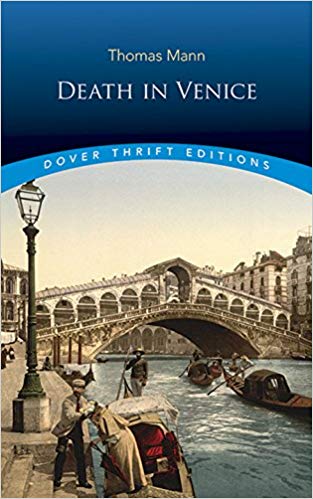
1961 Washington D.C., Politics: Before a joint sitting of Congress President John Kennedy proposed sending a man to the Moon before the decade was out. Mission accomplished.

1977 Entertainment: ‘Star Wars’ screened. The Force has been with us since.

24 May
1595 Leiden, Knowledge: The Leiden University Library inaugurated its nomenclator, a printed catalogue of the books in the library. This is the first recorded use of catalog in an institutional library. For a time I had a reader’s card for this library, as I never tire of repeating.
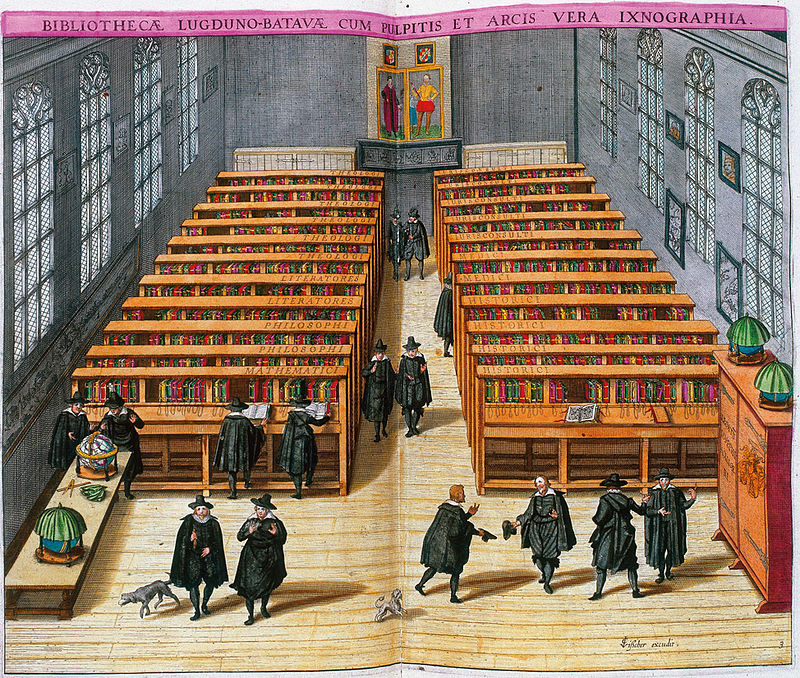
1838 Sydney, Commerce: The first David Jones store opened on George Street at Barrack Lane. It is oldest department store operating under its original name, according to Wikipedia. Welshman David Jones immigrated as a free settler, first to Tasmania and then New South Wales. It is usually referred to as DJs. Dropped a lot of dosh there in the food hall.

1844 Baltimore, Technology: Samuel Morse dispatched the first telegram on an experimental line to Washington DC, taking as the text Numbers 23:23, ‘What hath God wrought.’ Several Congressman observed the process.
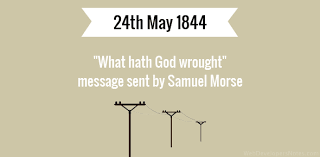
1930 Amy Johnson flew solo from England to Australia. Look closely below. KLM named one of its jets for her. That is more than Qantas has done.

1978 Management consultant Marilyn Loden referred to a ‘glass ceiling’ to describe an invisible barrier to the careers of women.

2015 Dublin, Human Rights: Despite clerical opposition, a referendum on same-sex marriage passed with 62% of votes for yes.

23 May
1576 Copenhagen, Science: The Danish king gave Tycho Brahe Hveen Island upon which to build the Uraniborg Observatory. We saw some Brahe sights and sites in Copenhagen on a day of 20,000 steps.
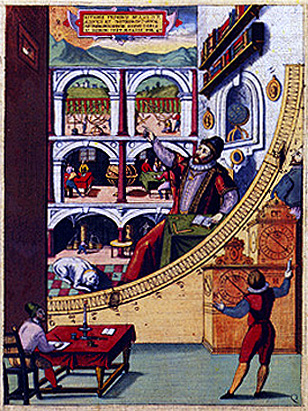
1785 Paris, Technology: Benjamin Franklin demonstrated bifocals. He had worn two pairs of glasses, one for reading and another for everything else, but found that a nuisance. He studied the lens in each and combined them.
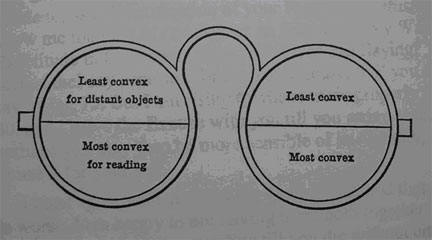
1911 New York City, Culture: On Fifth Avenue President William Taft dedicated the New York City Public Library, an immense Beaux-Arts marble building with lions on guard that remains imposing today. I have done research there for the books. Across the street is a glass and steel lending library.
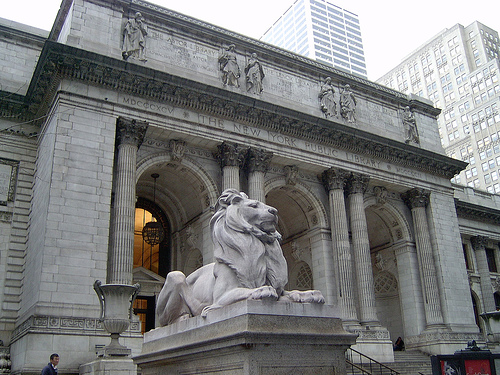
1958 Lincoln, Education: At Nebraska Book store Clifton Hillegass started Cliffs Notes with a guide to ‘Shakespeare’s Romeo and Juliet.’ It has become an immense business and spawned rivals. To anticipate what students do I have looked a few examples and found each to be very well done, though no substitute for the primary work.

1994 Hollywood, Entertainment: The last of 153 episodes of Star Trek: The Next Generation ‘All Good Things’ went to air. Remember to follow ‘The Prime Time Directive.’

22 May
1570 Antwerp, Geography: Abraham Ortelius published the first atlas, called ‘Theatrum Orbis Terrarum’ (Theatre of the World). I have had a ‘Times of London Atlas’ on hand for many years.
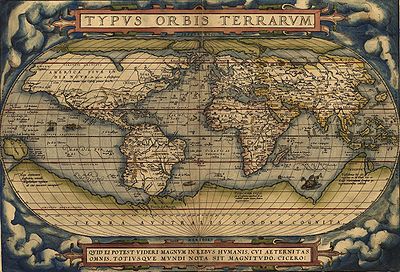
1840 Sydney, History: By an Order-in-Council transportation of convicts to New South Wales ended.

1843 St Louis, History: The first major wagon train on the Oregon Trail left with one thousand people following the Platte River northwest. The picture below is at Scotts Bluff.
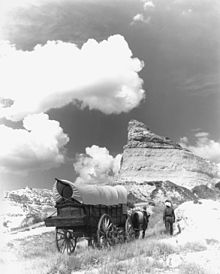
1849 Springfield, Technology: Abraham Lincoln patented a device for lifting boats over shoals.

2003 Fort Worth, Sports: Golfer Annika Sorenstam became the first woman to play in a Professional Golfers Association tour event since Babe Didrikson 58 years earlier. Didrikson beat everyone, and the men learned their lesson, thereafter banning women from tournaments. Initially the PGA refused Sorenstam’s application but when the sponsor of the event, The Bank of America, moved to rescind its contract, then PGA then conceded the point. Thus did the PGA affirm its place as one of the most retrograde organisations.
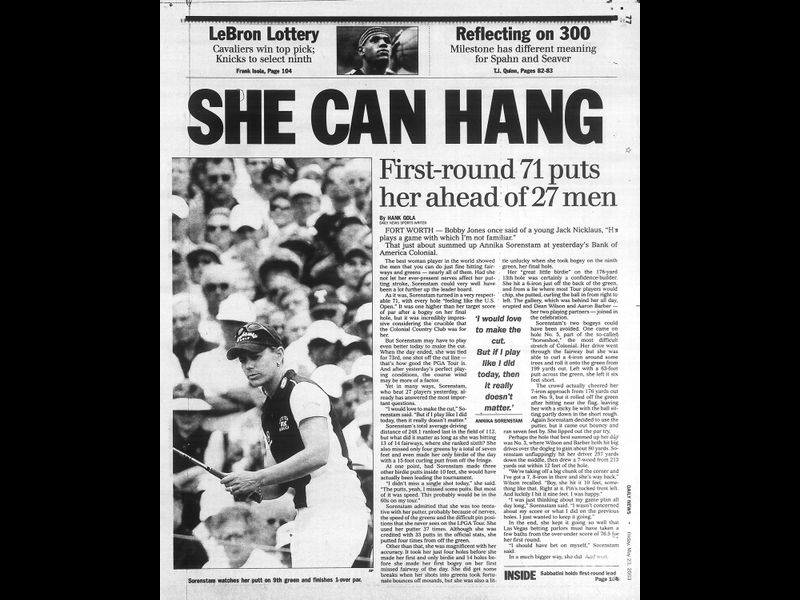
21 May
1881 Washington, D.C., History: Clara Barton and Adolphus Solomons founded the American branch of the International Red Cross. She had nursed in the US Civil War. Solomons was a philanthropist who put up the money when good Christians would not do so.

1908 Chicago, Entertainment: The first horror movie screened, ‘Dr Jekyll and Mr Hyde.’ This silent movie is now lost, but was well received by audiences and critics alike.
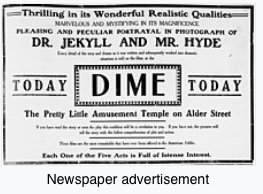
1914 Hibbing (Minnesota), Transportation: The first long distance bus company started with a single Hupmobile (as pictured below) and took the name ‘Greyhound’ in 1929. Now based in Dallas Texas Greyhound still does the driving to 3,800 destinations. Have ridden a few.
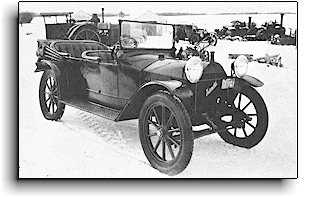
1932 St Johns (Newfoundland), Aviation: In twenty-nine hours and forty minutes Amelia Earhart flew solo across the Atlantic to Shannon in Ireland, as Lindberg had done in 1927. Well, I have been to St Johns but with Air Canada.

1999 Los Angeles, Entertainment: After eighteen nominations, Susan Lucci on the nineteenth nomination gained the Daytime Emmy for best actress in ‘All My Children.’ She politely ate a lot of crow the previous eighteen times at the presentation dinners.
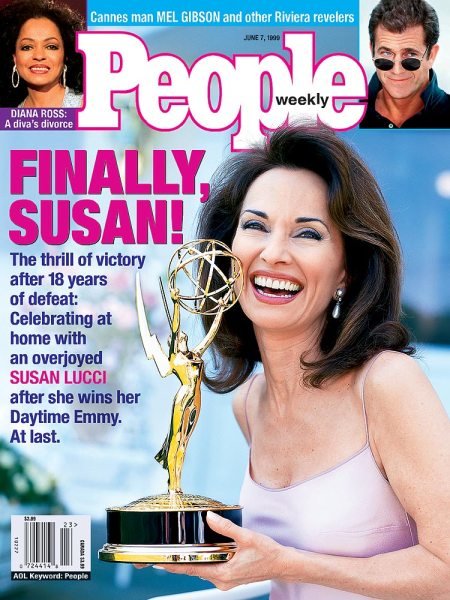
20 May
325 Constantinople, History: Emperor Constantine convened the first Ecumenical Council in Nicaea to resolve theological differences among Christians. Disputes continued. Think dancing angels and pins. There is an informative episode of Lord Bragg’s ‘In Our Time’ about this conference. I remember the name and nothing else from a college class on ‘The New Testament as Literature.’

1867 London, Politics: MP John Stuart Mill introduced a private member’s bill to enfranchise women. It was roundly defeated and Mill was ridiculed. A biography of Mill is discussed elsewhere on this blog.

1873 San Francisco, Fashion: Levi Strauss and Jacob Davis patented work-pants made of denim and reinforced with copper rivets, i.e., blue jeans. Jacobs was a tailor and Stauss a clothing retailer.
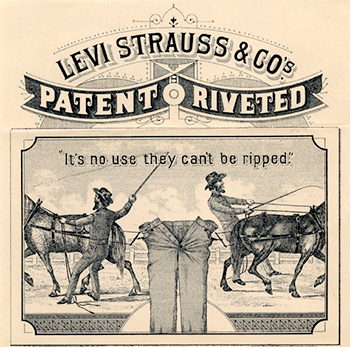
1927 St. Louis, Aviation: In ‘The Spirit of St Louis’ Charles Lindberg flew solo across the Atlantic Ocean. At the the time such a flight was thought impossible.
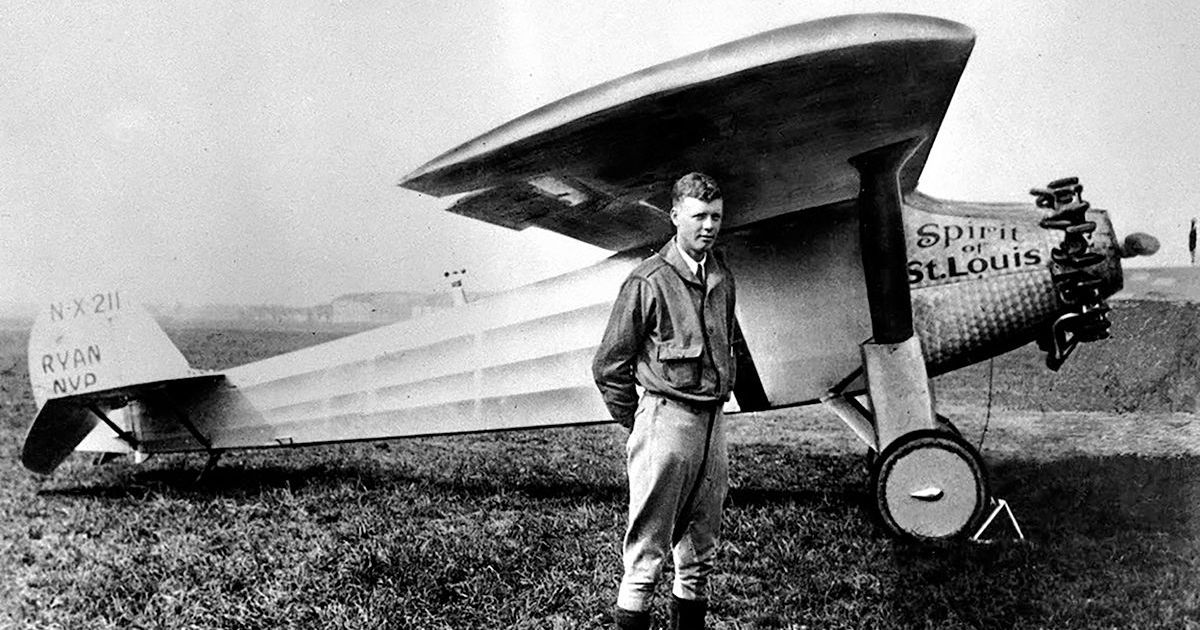
1990 Space, Astronomy: The Hubble Space Telescope transmitted its first photographs of deep space.

19 May
1884 Baraboo (Wisconsin), Entertainment: The five Ringling Brothers’ Circus premiered. Later they moved headquarters to Connecticut to be closer to the larger East Coast markets. It folded in 2017. Saw a few performances in the Civic Auditorium in Hastings.

1900 Simplon (Switzerland), Transportation: The world’s longest railway tunnel at the time opened between Switzerland and Italy. It took three thousand men more than two years to build. Sixty-seven workers died in accidents during the work. during World War II both the Swiss and the Italians prepared to block it or attack it. It is still in use.

1948 Canberra, Technology: The Curtin Labor Government proposed to make uniform all Australian railway gauges. Before 1901 Federation created Australia, the railways had started in the separate colonies in the middle of Nineteenth Century and differed. During World War II the incompatible gauges had delayed and hampered the transportation of war material and personnel. Yet even today, believe it or not, Ripley, differences remain.

1965 Luxembourg, Politics: President Lyndon Johnson named Patrica Harris, a black woman, US ambassador to Luxembourg. She was the first black woman to hold that title. Given the Luxembourg played a pivotal role in the European Community as an honest broker, this was a crucial post, not a backwater. She went on to be Dean of the Harvard Law School, and Secretary of Housing and Urban Development in the Carter Administration. These latter two appointments were also firsts for a black woman.

1986 Cannes, Film: ‘Le Déclin de l’empire américain’ directed by Denys Arcand was awarded the International Critics Prize at the Cannes Film Festival. With good humour it examines social change in an ensemble of Quebecois. Two sequels followed, each darker than the one before. My pick is ‘L’âge des ténèbres’ (2007). I have discussed it in a post elsewhere on the blog.
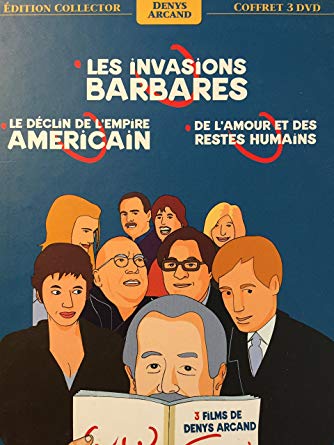
18 May
1642 Montréal, History: French explorers had been stopping at the island now called Montréal since 1535. A small settlement development to store supplies, dig wells, and then to trade in furs. On this day the settlement was named Montréal (for the Mont Royal that dominates the island) a group of thirty colonists led by Paul de Maisonneuve began to build a permanent town starting with a church to convert the natives. We spent a few hours at the museum excavation of this original site. On one side of Mont-Royal it is English-speaking and on the other French-speaking along the Rue St Laurence. Or has that verity changed?
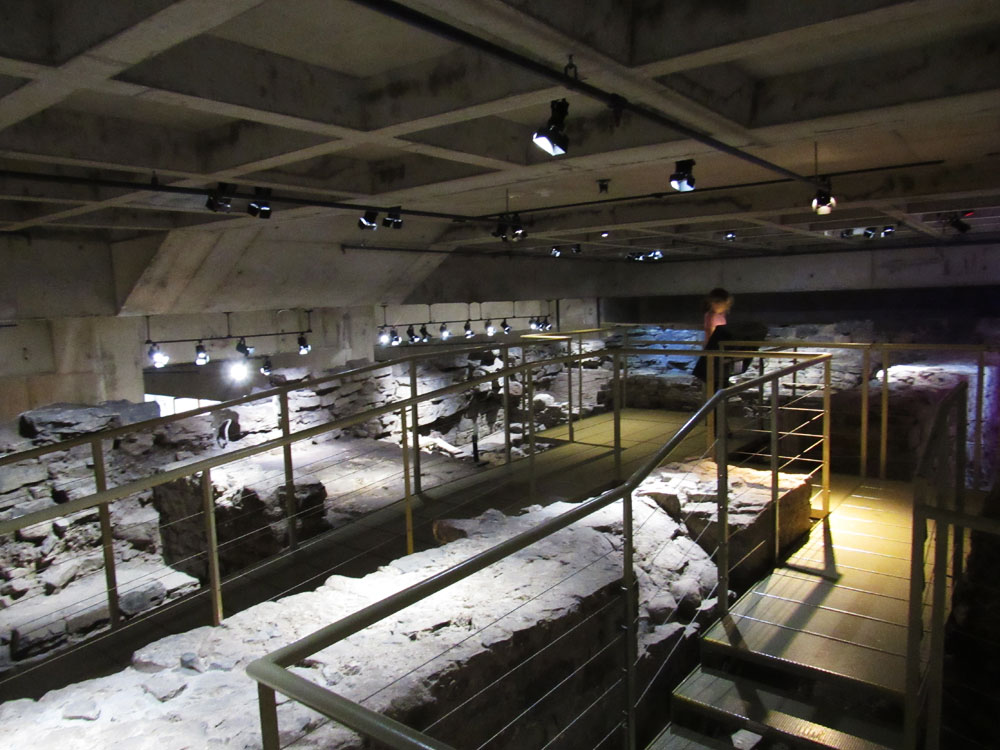
1652 Providence, History: Rhode Island, long the North American centre of the slave trade, legislated against slavery though the law was not enforced. There were many Quakers in the colony who had gone there to escape religious persecution in Massachusetts Bay, and they opposed slavery. They could swing the numbers on a vote but could not compel authorities to enforce it. The result was that Providence remained a slave trading centre but locals were enjoined not to own slaves. The Ivy League university, Brown, was built and endowed by slave traders.

1830 Stroud (England), Technology: Edwin Budding signed an agreement to manufacture his invention – the push lawn mower which he had designed to cut grass on cricket pitches. Saturdays would never be the same again.
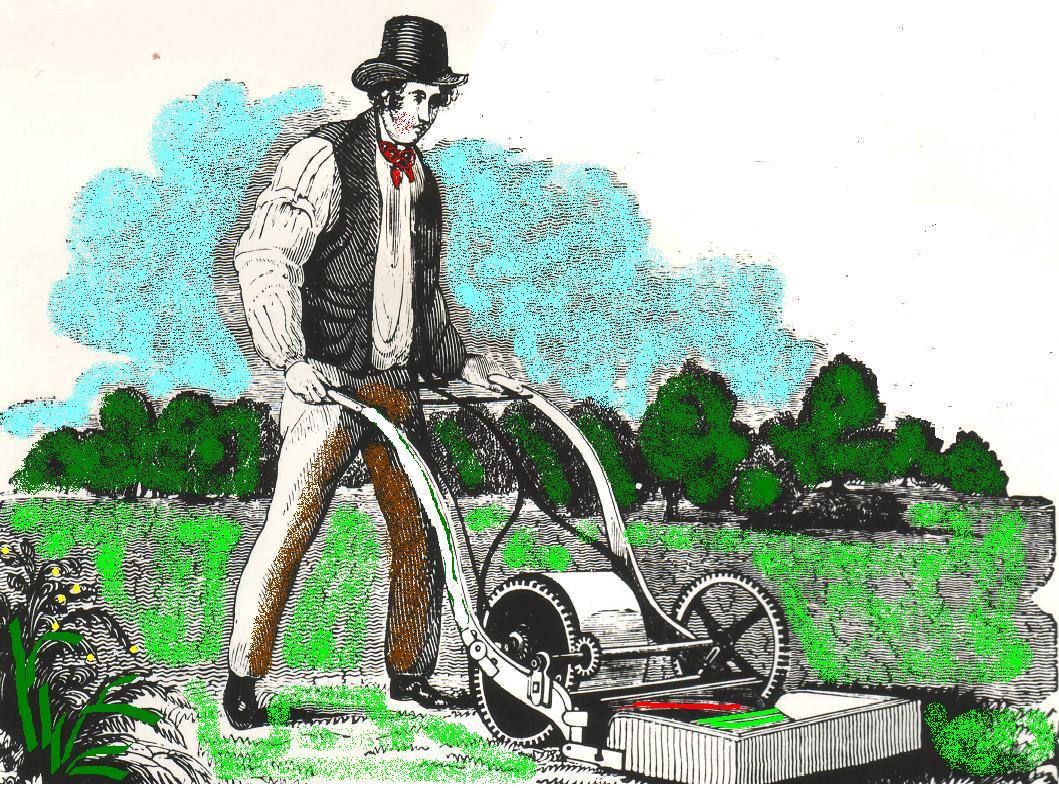
1897 London, Literature: Bram Stoker published ‘Dracula.’ Next stop Bela Lugosi!
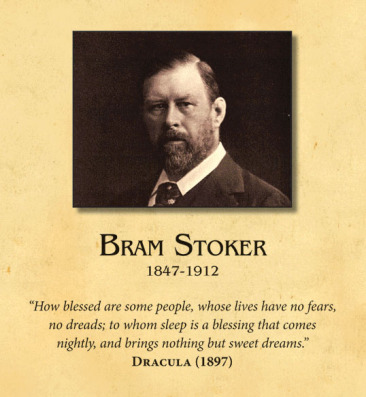
1910 Halley’s Comet passed in front of the sun in a spectacular display while the Earth moved through the Comet’s tail. This was the first appearance of the Comet that was photographed.
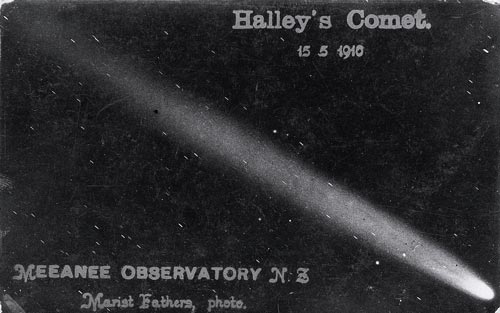
17 May
1893 Melbourne, Politics: Archduke Franz Ferdinand of the Austro-Hungarian Empire arrived in Melbourne for a tour that included hunting parties and barbeques. He continued on around the world. His murder later would spark World War I in which millions died including thousands of Australians. Below is an image of his bloodied jacket.
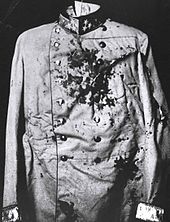
1897 New York City Harbor, Technology. Irish-born inventor John Philip Holland launched a submarine that could travel submerged by using a combination of gasoline and electric engines. He sold it to the navy who christened it the USS Holland. Likewise the first submarine in Briish Royal Navy was called the HMS Holland.
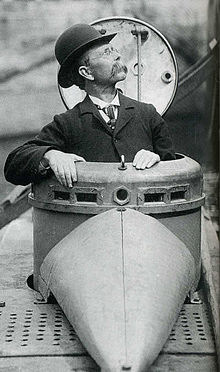
1902 Antikythera Island, Archaeology: Spyridon Stais found the Antikythera mechanism in a shipwreck off the eponymous Greek island. It is a clockwork mechanism from 205 BC with a gear, perhaps to model the movement of objects in the sky.

1954 Topeka (Kansas), Law: The Supreme Court held that segregation violated the Fourteenth Amendment of the Constitution in (Linda) Brown V the Board of Education. Note that the leader of this unanimous decision was Republican Chief Justice Earl Warren. The grade school in question is now a Civil Rights museum which I have visited a couple of times. It has some bloodcurdling displays of racial hatred.
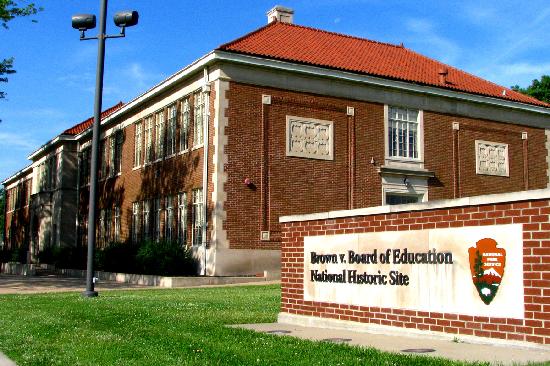
1970 Rabat (Morocco), History: Thor Heyerdahl set off across the Atlantic on a raft made of papyrus to sail to the Americas. His contention was the Egyptians had done this millennia before. The raft (pictured below) was called Ra II and crossed four thousand miles of ocean in fifty-seven days to reach Barbados.
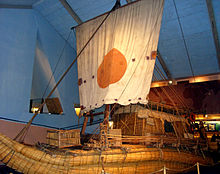
16 May
583 County Kerry, History: This is the feast day of Saint Brendan of Clonfert the Navigator who ostensibly made a voyage of seven years to the Land of Delight or the Garden of Eden. Did he reach the Americas? Christopher Columbus used this legend in part to justify the project to cross the Atlantic.
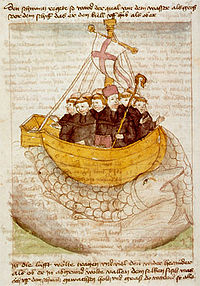
1763 London, Literature: Samuel Johnson met his future biographer and thereafter constant companion James Boswell, the diarist. Johnson called him Bozzy. The latter’s very name passed into common usage for constant companion as when Arthur Conan Doyle had Sherlock Holmes proclaim that he was ‘lost without his Boswell,’ i.e., Dr Watson.

1815 Blackheath, History: In the Blue Mountains returning from Bathurst NSW Governor Lachlan Macquarie named the settlement Blackheath after the colour and texture of native flora. The current population is 4,400. I finished ‘Matters of Justice’ (1986) there in a rented cabin one November when it snowed!
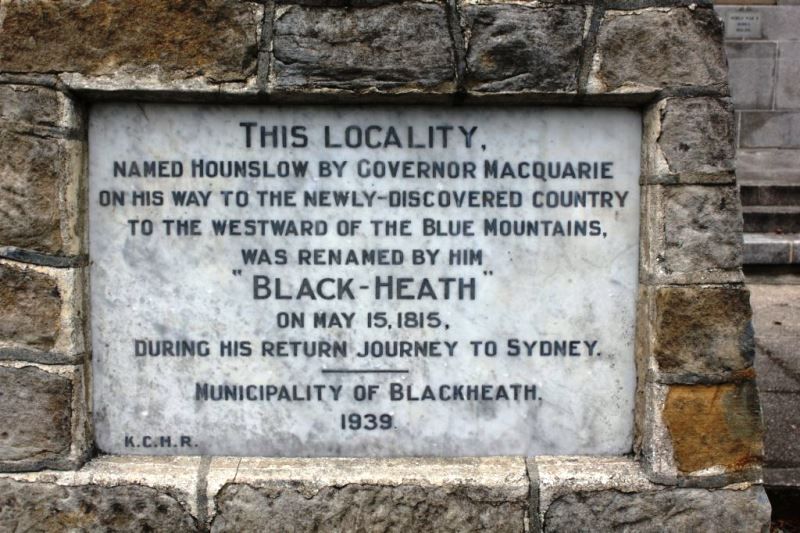
1866 Philadelphia, Popular Culture: Pharmacist Charles Hires began to sell ‘Root Beer’ made from the root of the sassafras tree without caffeine. A tea-totaler he promoted it as the temperance drink with health-giving properties. After many corporate sales and changes Cadbury Schweppes bought the residual company and still uses the name in an alcoholic drink, Hires Root Beer and Vodka!
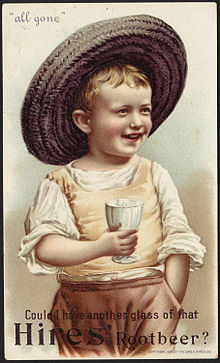
2014 Chicago, Media: Barbara Walters retired from television at eighty-four. Her career spanned fifty years and led the way for women in the media, especially in serious journalism. She moderated presidential debates, interviewed Anwar Sadat, anchored NBC evening news, and made documentaries, often about the handicapped and disabled. Her example inspired countless other women in front of the camera to do more than point to the letters on a game show. I did see her flummoxed once when interviewing the president of a poor African country. She more or less asked him how he could take a salary in a destitute country. His reply was something like this: “Well, since you have brought up salaries, I can assure that I make much less than do you.’ With a tight smile, she was at a loss for a reply and the floor director cut to a commercial.

